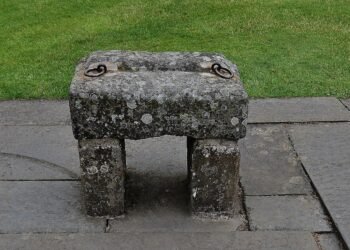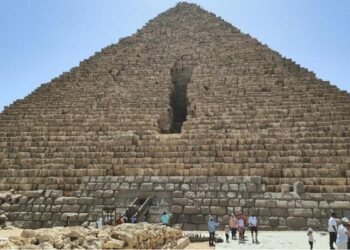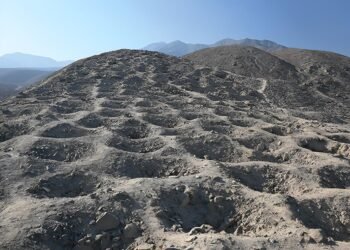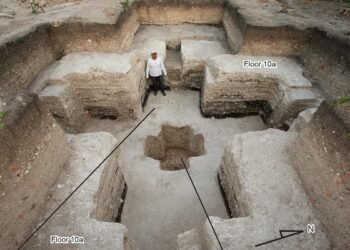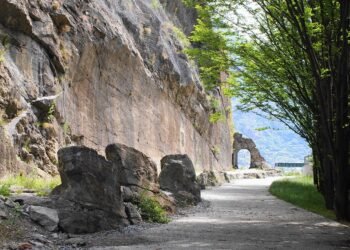A medieval necropolis has been unearthed at the construction site of a new bus station in Sozopol, a historic town nestled on Bulgaria’s Black Sea coast. The discovery was announced by the local municipality.

The necropolis spans an area measuring 30 meters in width and 20 meters in length. At its northeastern corner lies a stone structure, possibly a dwelling dating back to the 12th or 13th century. This structure is currently under investigation by archaeologists led by Yavor Ivanov, head of the excavation team, and Dimitar Nedev, director of the Archaeological Museum in Sozopol.
Among the notable artifacts found within the necropolis are two lead seals from the 13th century. These seals bear depictions of saints and inscriptions thought to be linked to correspondences among high-ranking clergy. Additionally, a series of burials and reburials have been uncovered to the south of the site.
Yavor Ivanov explains, “As in the modern world when a close relative dies, they are buried in the grave of a previously deceased family member. There may be a layering of 10-15 burials, one atop the other.” This practice of layering burials underscores the significance of familial ties in medieval Sozopol.

Several skeletons, including those of children and an infant, have been unearthed, suggesting familial ties within the burials. The remains are well-preserved and aligned with their heads facing west in accordance with Christian tradition.
Ceramic fragments dating from the 11th to the early 13th centuries have been recovered alongside coins and pottery. Iron nails, though present, lack evidence of the wooden structures they once secured, hinting at the passage of time and decay.
Excavations have also revealed a structure constructed from small and medium-sized rubble stones, the purpose of which remains uncertain. This structure is located to the south of the burial site.
The depth of current excavations has reached approximately three meters, with ongoing efforts aimed at uncovering more about the medieval necropolis. Yavor Ivanov anticipates further discoveries, including earlier burials dating back to the 4th century, deeper Roman remains, and potentially artifacts from the late Hellenistic period.
Plans for the new bus station project will incorporate the preservation and display of any archaeological finds, including an ancient well located on the property. Once excavation activities are completed and approved by the ministry, the project will move forward with consideration for environmental sustainability, as outlined in the “Greening” section.



